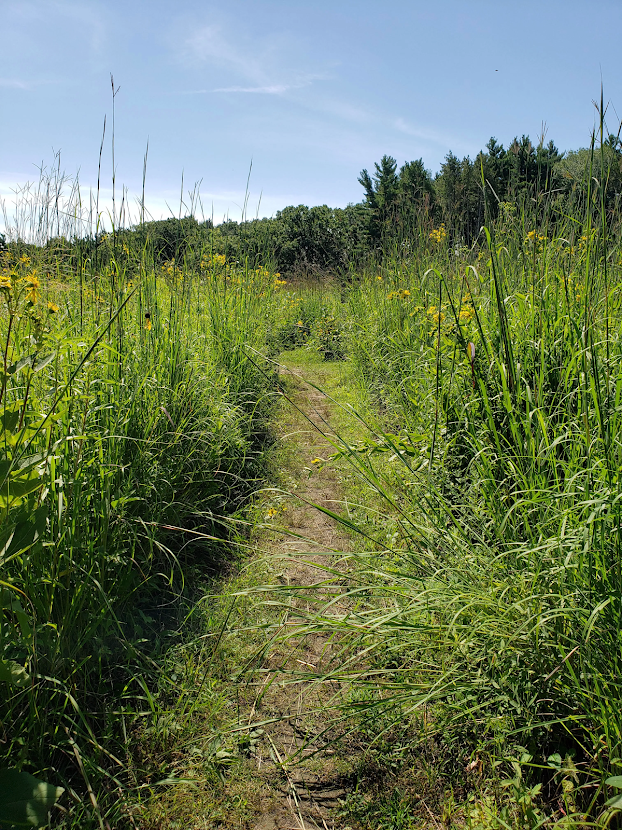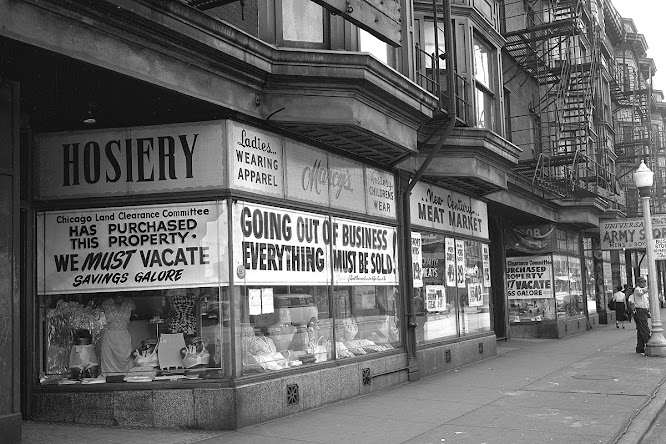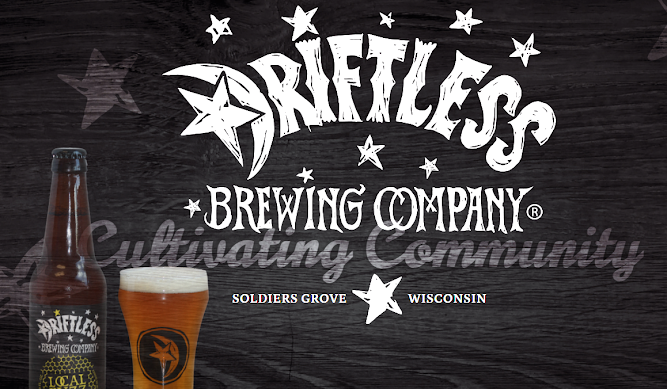You probably recognize Illinois’ state nickname as "The Prairie State," which dates back to the 1840s. On the other hand, "Land of Lincoln" was made the official state slogan of Illinois in 1955. In fact, Illinois' exclusive use of the Land of Lincoln insignia was later authorized by a special U.S. copyright.
The name and image of Illinois' most famous adopted son have become synonymous with the state and are on Illinois license plates and 'Welcome to Illinois' highway signs.
Most people don't realize that Illinois had a less noble sobriquet for much of the 19th century, "The Sucker State." And although there is no doubt that this nickname was associated with Illinois, the origin of the term is subject to debate. There are at least three interpretations.
One explanation involves a practice that was fairly common among travelers and inhabitants of the prairie. When water was needed, long, hollow reeds were thrust down into crawfish holes, and the water was literally sucked up, as through a straw. Such watering holes were called "suckers" in the local vernacular.
Another explanation derives from the fact that the central and southern portions of Illinois were originally settled by pioneers from Kentucky, Virginia and Tennessee, all tobacco-growing states. The sprouts around the main stem of a tobacco plant are commonly referred to as "suckers." These sprouts are cut off and discarded before they sap the vital circulating fluid of the plant, taking the nutrients away from tobacco plants 20 to 30 useable leaves. Most settlers of the area were poor and, in fact, had moved to Illinois in hopes of a better life. Society at that time, as throughout most of our nation's history, tended to look down on poor migrants as a burden. It was expected that these particular settlers would fail in their new venture and perish, like the tobacco sprouts that were cast off as undesirable. They were derisively called "suckers," and the term came to refer to the entire region of Southern Illinois, which at the time held most of the state's population.
Probably the most popular explanation of how Illinois came to be known as the Sucker State involves the state's first lead mine, which was opened in 1824 near Galena. As word of the mine spread, thousands of men descended on Galena in search of work. Most came from Missouri and southern Illinois, traveling north on steamboats up the Mississippi River to Galena in the spring, where they would work until autumn and then return home. These travels corresponded to the migration pattern of a fish called a “sucker,” and the name was attributed to these workers by Missourians as a witticism. With six to seven thousand men coming to the Galena mines each year by 1827, the mass influx and exodus generated considerable strains and rivalries. In retaliation for the derisive term “suckers,” Illinoisans started calling Missourians “pukes,” a reference to the way in which Missouri had vomited forth to Galena the worst of her residents.
sidebar
The white sucker is a species of freshwater cypriniform fish inhabiting the upper Midwest and Northeast in North America. It's also found as far south as Georgia and as far west as New Mexico. The fish is commonly known as a "sucker" due to its fleshy, papillose lips that suck up organic matter and aufwuchs (plants and animals adhering to parts of rooted aquatic plants) from the bottom of rivers and streams. Other common names for the white sucker include bay fish, brook sucker, common sucker, and mullet.
Over Illinois’ 205-year history, the state’s residents have been called other names. The Land of Lincoln, as well as The Prairie State, are considerable improvements.
Compiled by Dr. Neil Gale, Ph.D.









































